In an underwater recovery operation off the coast of Bacoli in southern Italy, archaeologists have uncovered a Roman-era breakwater constructed from recycled architectural materials — a find that sheds light on ancient Roman maritime engineering.
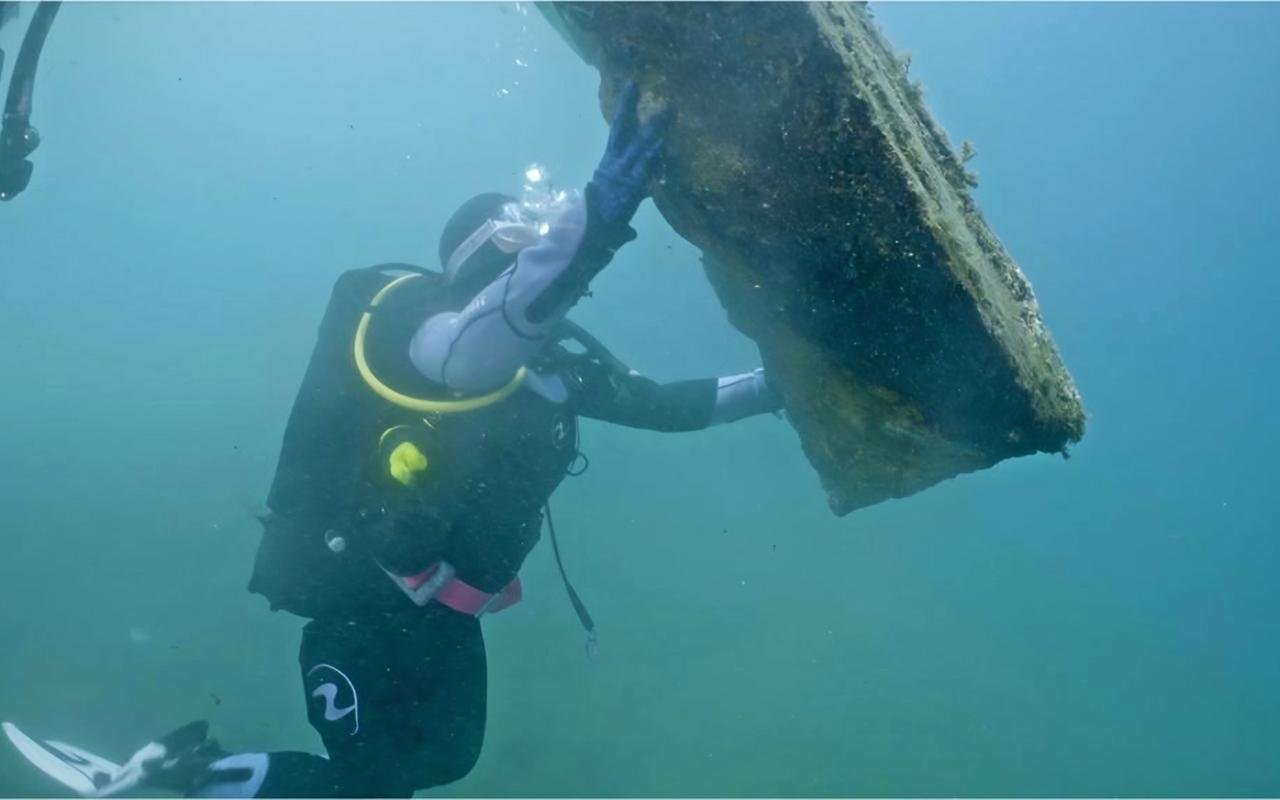
The submerged remains were discovered at Portus Iulius, the Roman naval base at Misenum, formerly the headquarters of the Classis Misenensis, the Roman Empire’s dominant fleet in the Tyrrhenian Sea. It is the same fleet that was commanded by Pliny the Elder during the eruption of Mount Vesuvius in 79 CE.
The underwater structure, located between Punta Terone and Punta Pennata, is approximately 90 meters in length and 23 meters in width, at a depth of five to nine meters. Comprising marble architraves, carved stones, and fragmentary cipollino marble columns, the breakwater was not the result of the collapse of adjacent buildings or the region’s typical bradyseism—its natural subsidence and upthrust—but was a deliberate construction. This is a superb witness to how the Romans adapted their environment even in the presence of natural hardship.
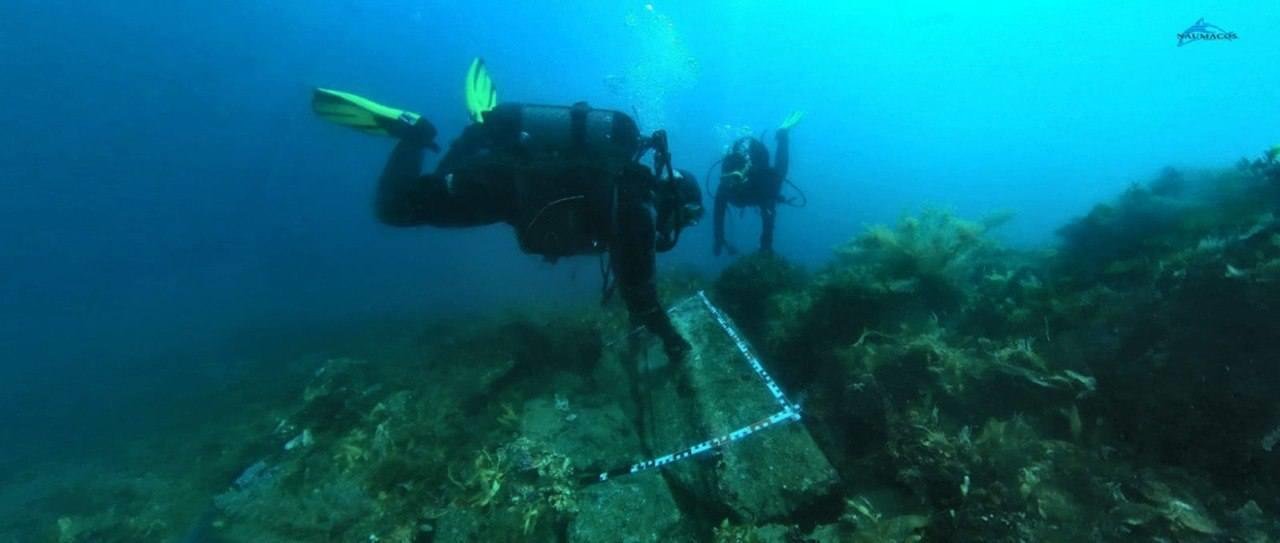
Evidence of erosion by lithodomes (marine borers) and exposure to the elements shows that the fragments were once above ground level before they were carefully laid down on the seabed in an effort to form a barrier against the Sirocco wind, much like today’s breakwaters.
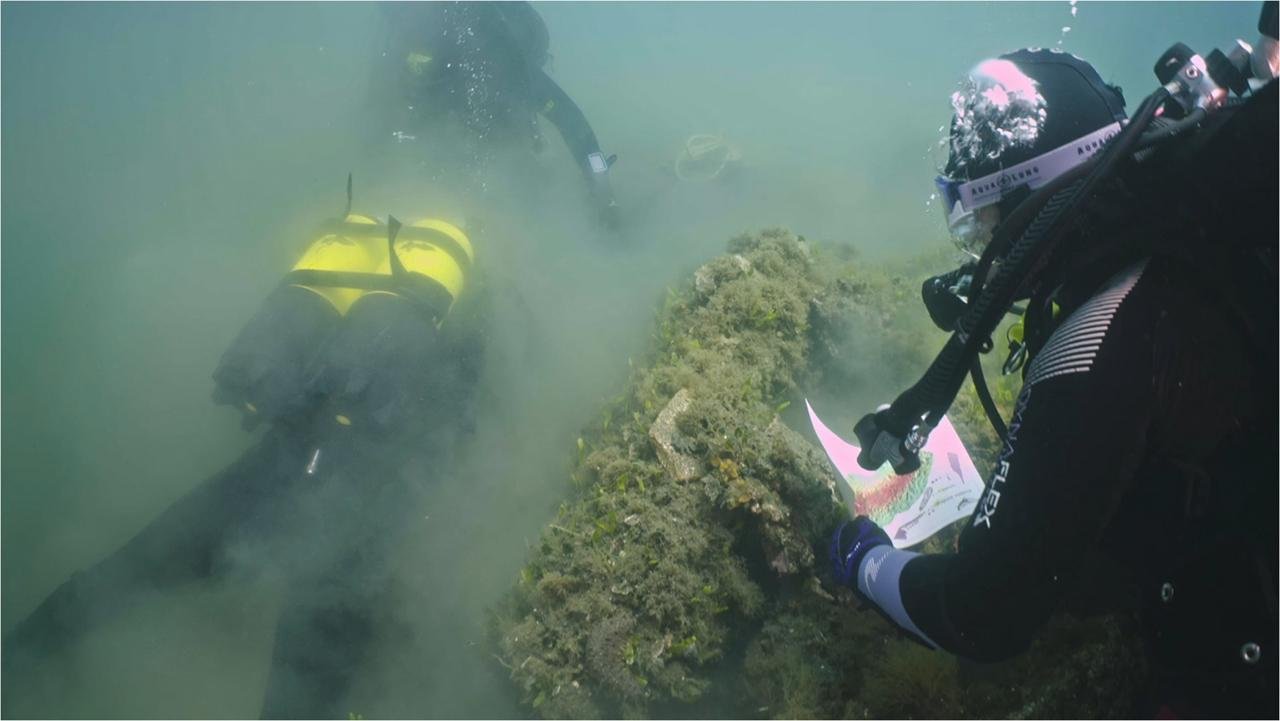
The recovery process, supported by the Carabinieri Underwater Unit, was outfitted with cutting-edge technology like 3D scanning, high-resolution photogrammetry, and hyperspectral imaging. This enabled archaeologists to map the site with precision prior to extraction. For the first time in Italy, the process was live-streamed using Naumacos technology by Gabriele Gomez de Ayala, making it possible for viewers to follow the recovery in real time via the Superintendency’s social media channels.
The recovered fragments — two marble architraves with relief moldings and a cipollino marble column — have been relocated to the Bourbon Park of Fusaro to undergo desalination and restoration. They will, after conservation, be housed at the Palazzo dell’Ostrichina, a historic building made available by the Municipality of Bacoli for a new permanent exhibition.
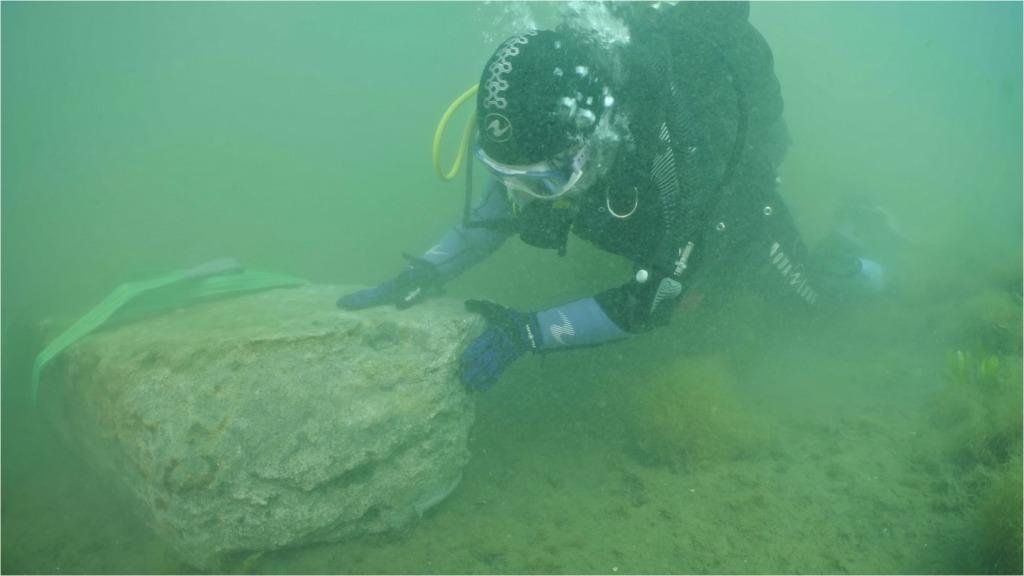
Superintendent Mariano Nuzzo, who directly oversaw the recovery, said: “These architectural fragments were probably part of buildings that symbolized imperial power, closely connected to the Classis Misenensis. They yield a fundamental clue about the political and urban landscape of ancient Misenum.”
The initiative stems from a Memorandum of Understanding signed last year between the Superintendency and the Bacoli Municipality. It is a shared commitment to protect and promote the underwater heritage buried in the Phlegraean Fields, one of the richest underwater archaeological sites in the Mediterranean.
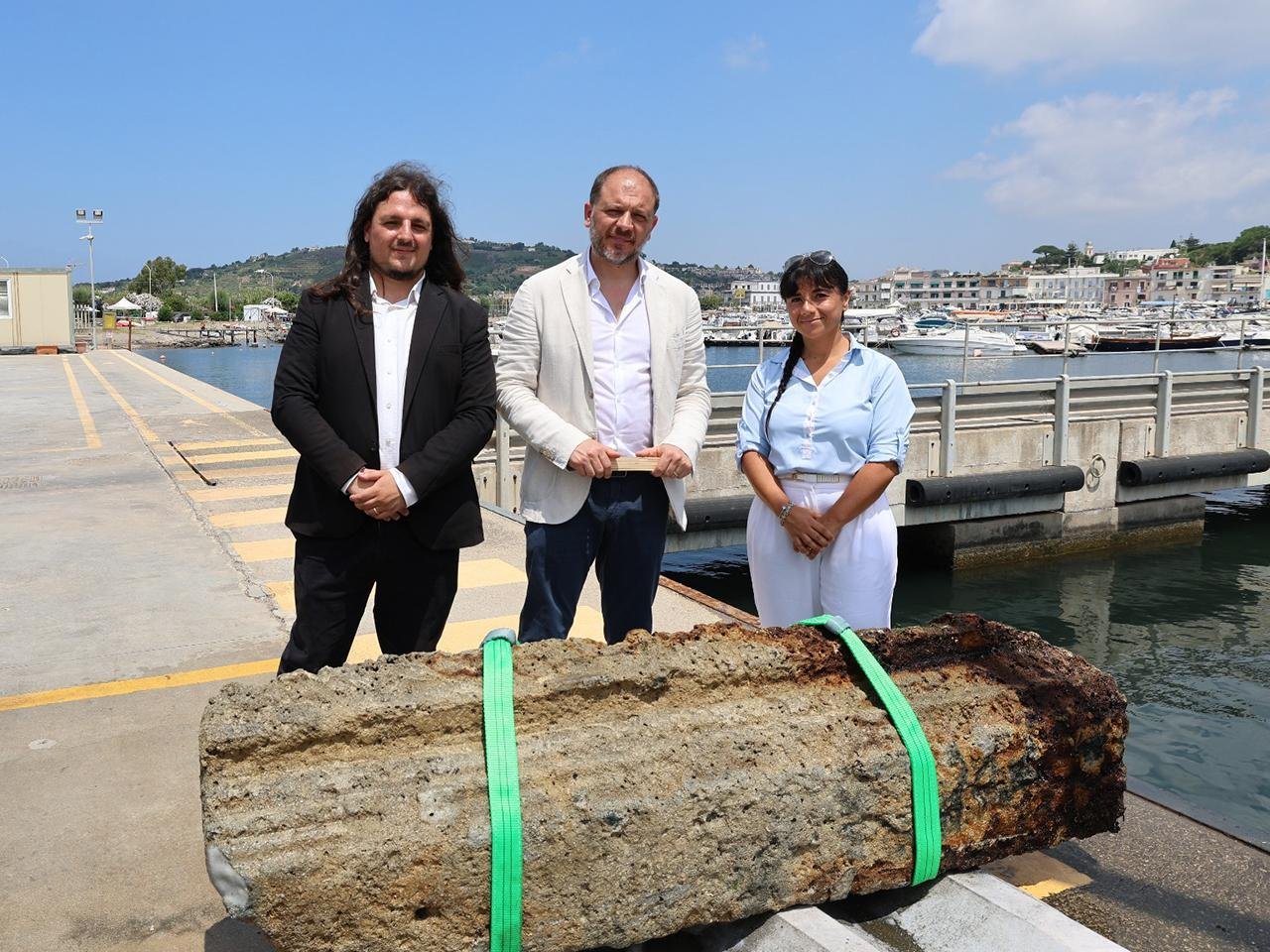
The discovery highlights how Roman engineers, influenced by earlier Hellenistic methods, combined architectural aesthetics and maritime functionality. It also demonstrates how archaeological science, heritage preservation, and community engagement can come together to illuminate and protect the past.
More information: Soprintendenza ABAP dell’Area Metropolitana di Napoli



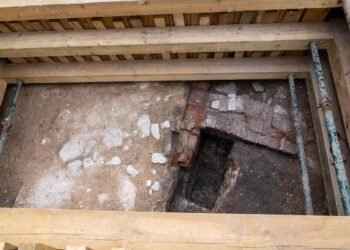
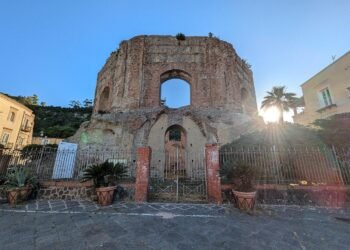
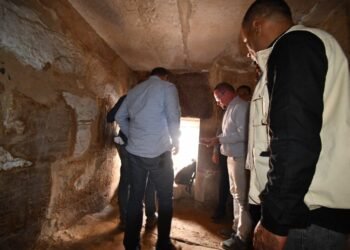
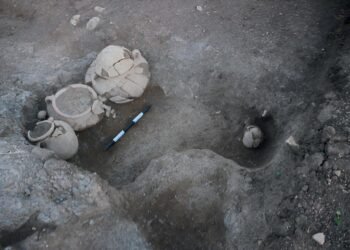
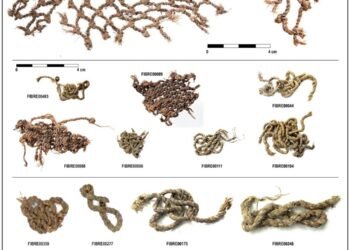















Comments 0